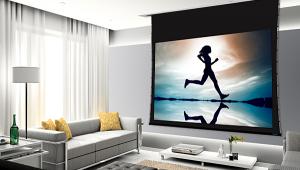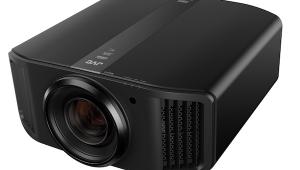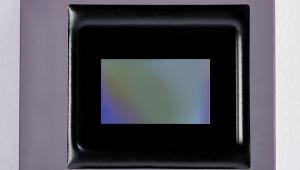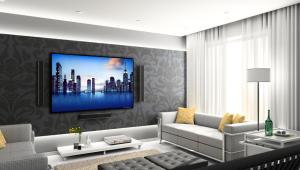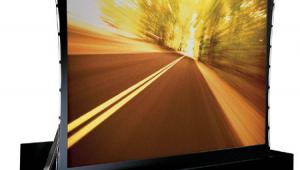Projector & Screen Basics

This could apply to your home theater as well. With a big screen in the house, you’re always just a doorway removed from the theatrical experience. And with rare exceptions, getting that experience means getting a separate video projector and screen.
But where do you start? A custom installer is usually involved in such setups. But a reasonably well-informed enthusiast can get just as great of a picture (and sound), even if it’s accompanied by the humble trappings of a family room rather than a miniature movie palace.
The Room and Screen
The size of the screen, both its width and height, will be limited by the dimensions of the wall you plan to install it on. That location should also allow enough space on either side of the screen to keep the speakers close to the screen and at least a couple of feet away from the corners of the room. The room should be deep enough to let you sit a reasonable distance from the screen and at least a few feet from the back wall.

Just how far from the screen should you sit? Recommendations for the optimum viewing angles for a home theater range from about 30 to 40 degrees. The viewing angle is the angle the screen subtends in the viewer’s front vision from the far left of the screen to the far right. At larger angles, the image will be more awesome and immersive but also dimmer (all else being equal). It will also be more likely to reveal picture flaws and artifacts—a particular problem with standard-definition sources. The formula below will help you calculate the seating distance relative to screen width for three different angles of view: If you only have the diagonal measurement (for a 16:9 screen), you can calculate the width by multiplying it by 0.87.
I recommend that you choose the seating distance based on room size limitations and on your desired distance from the front speakers. (It’s assumed that the front face of the speakers is located in the same plane as the screen.) For example, if the listening distance is 12 feet and the desired viewing angle is 40 degrees, the screen should be 8.82 feet (106 inches) wide.
Keep in mind that projection lamps dim with age. Replacements are expensive (generally $300 to $400 each), so it’s best to be a little conservative on size when you choose a screen. 84 to 96 inches wide is probably the best option for most affordable projectors.
The Room: How Dark
The best projection setup requires a completely dark environment to maintain the performance you paid for. Room light washes out the image on a home theater screen in the same way that it would at your local multiplex.
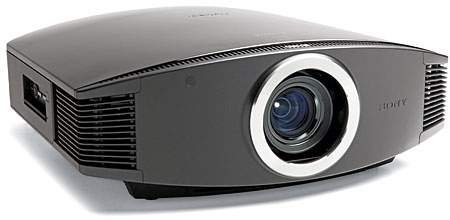
A bright projector will produce a watchable picture with some room light, although it will be a little dim, with poor blacks and shadow detail. This may be tolerable for brightly lit sports, but it’s a mess for movies. Some screens are specifically designed for use with at least some room lights on—as long as the light doesn’t fall directly on the screen. These screens provide some benefit, but there’s no magic feather here. You’ll get peak performance from any projector only with a good, conventional screen in a fully darkened room.
It’s also a good idea to paint your home theater room a reasonably dark, neutral color. Gray is best, but that may meet with resistance from the decorator of the house. In any event, try to avoid white, particularly on a low ceiling. Light reflected back on the screen can reduce image contrast.
- Log in or register to post comments
